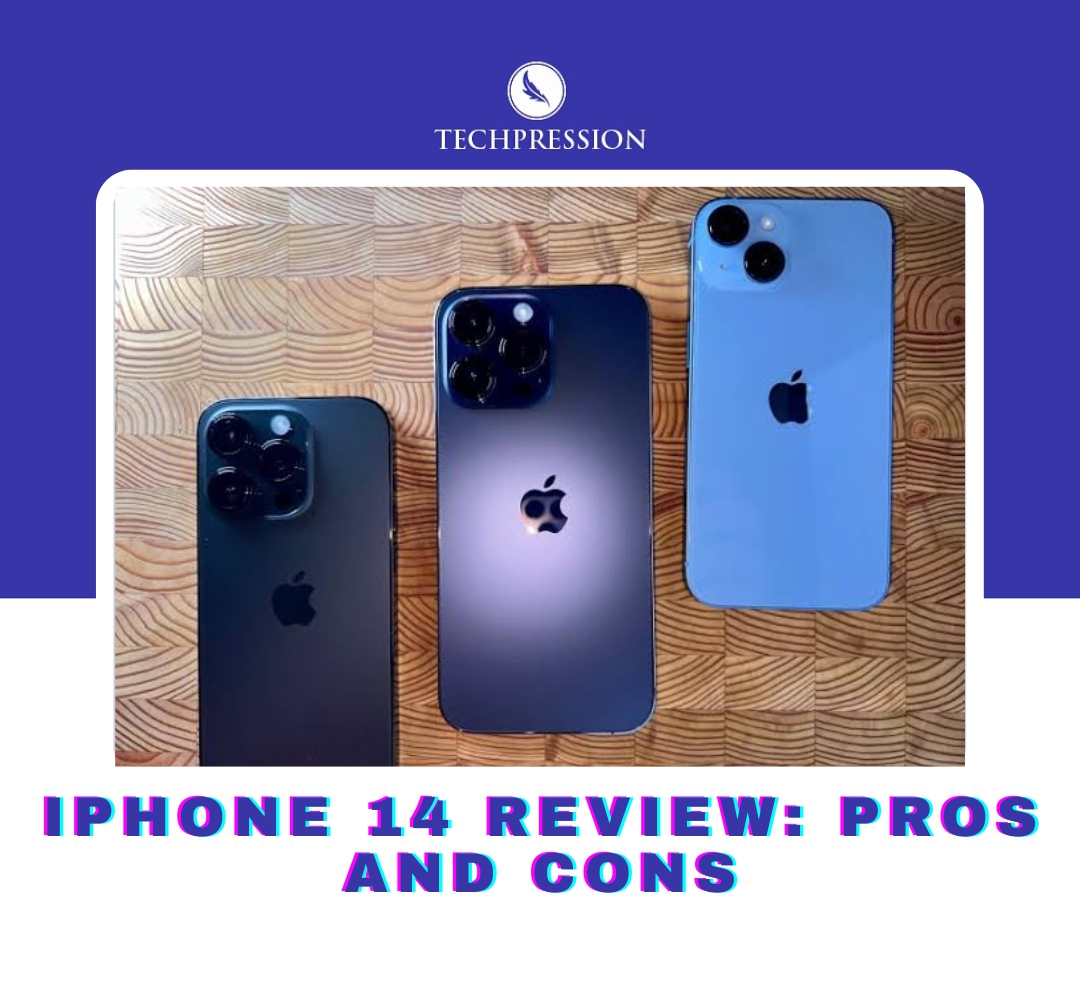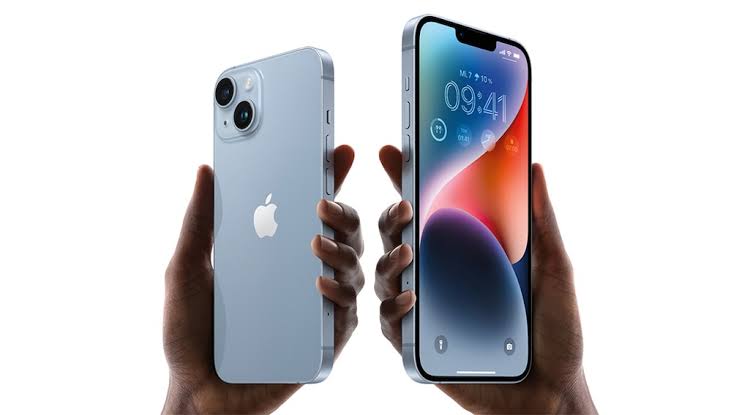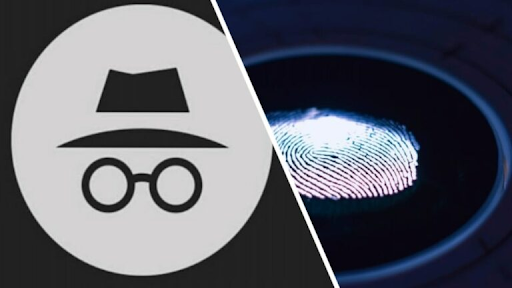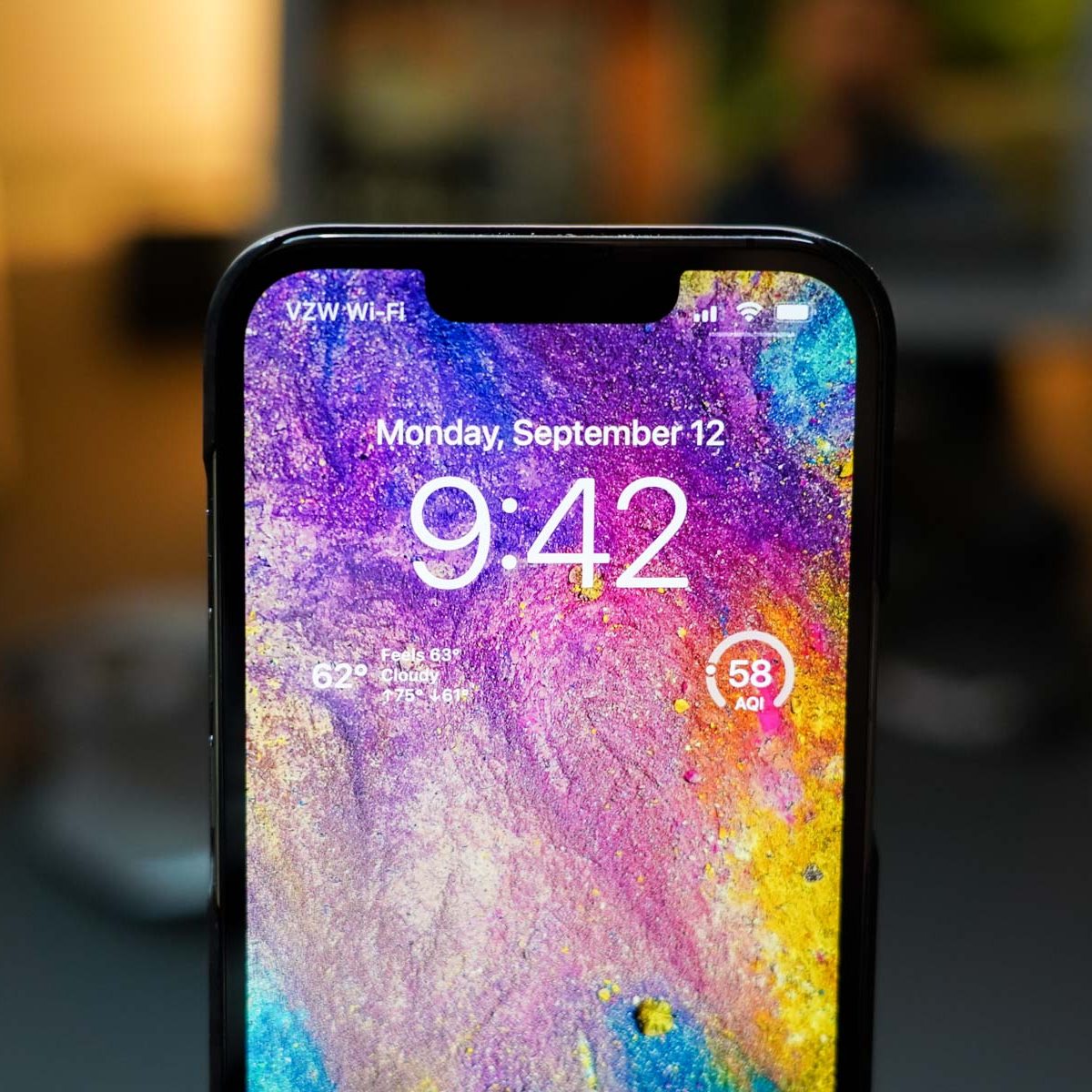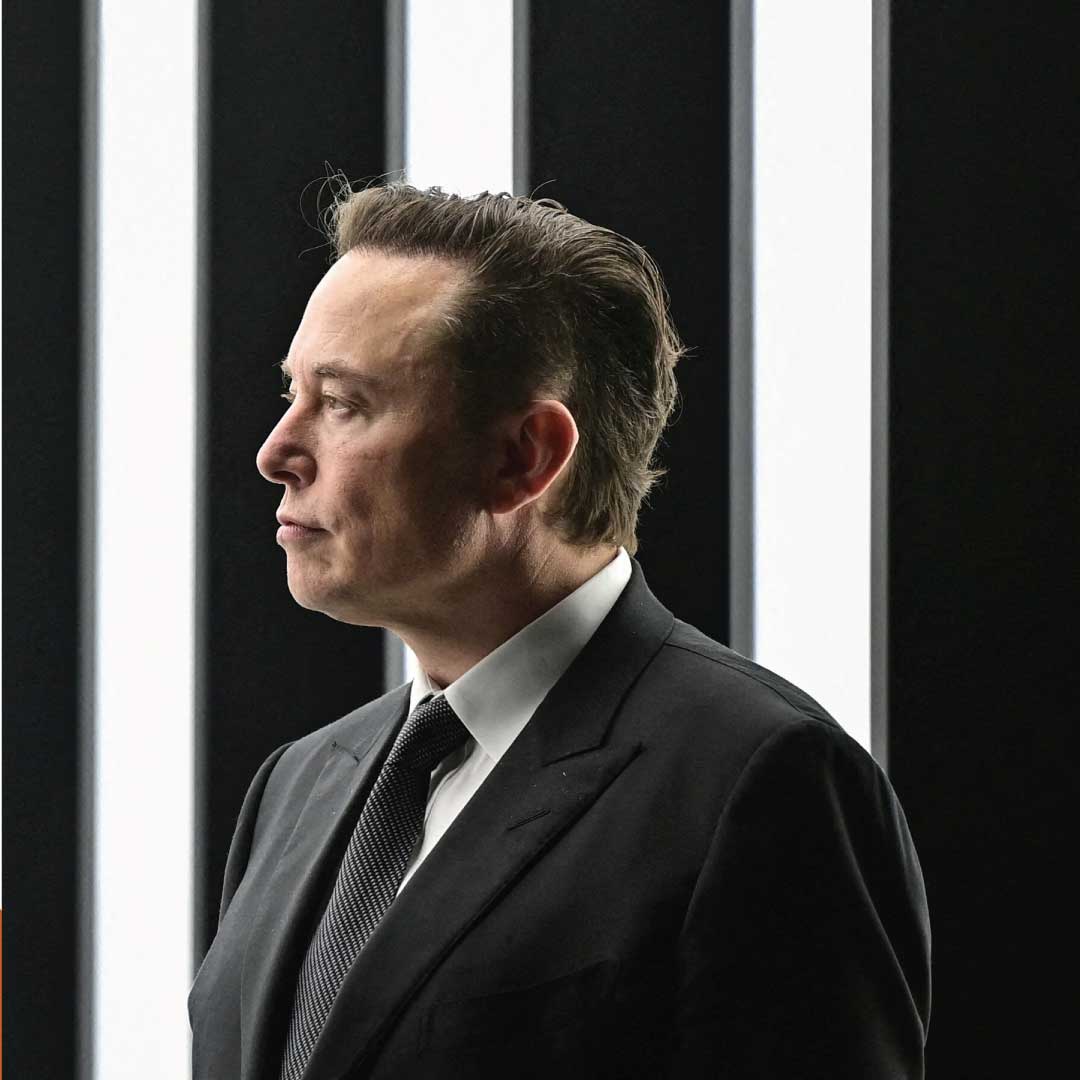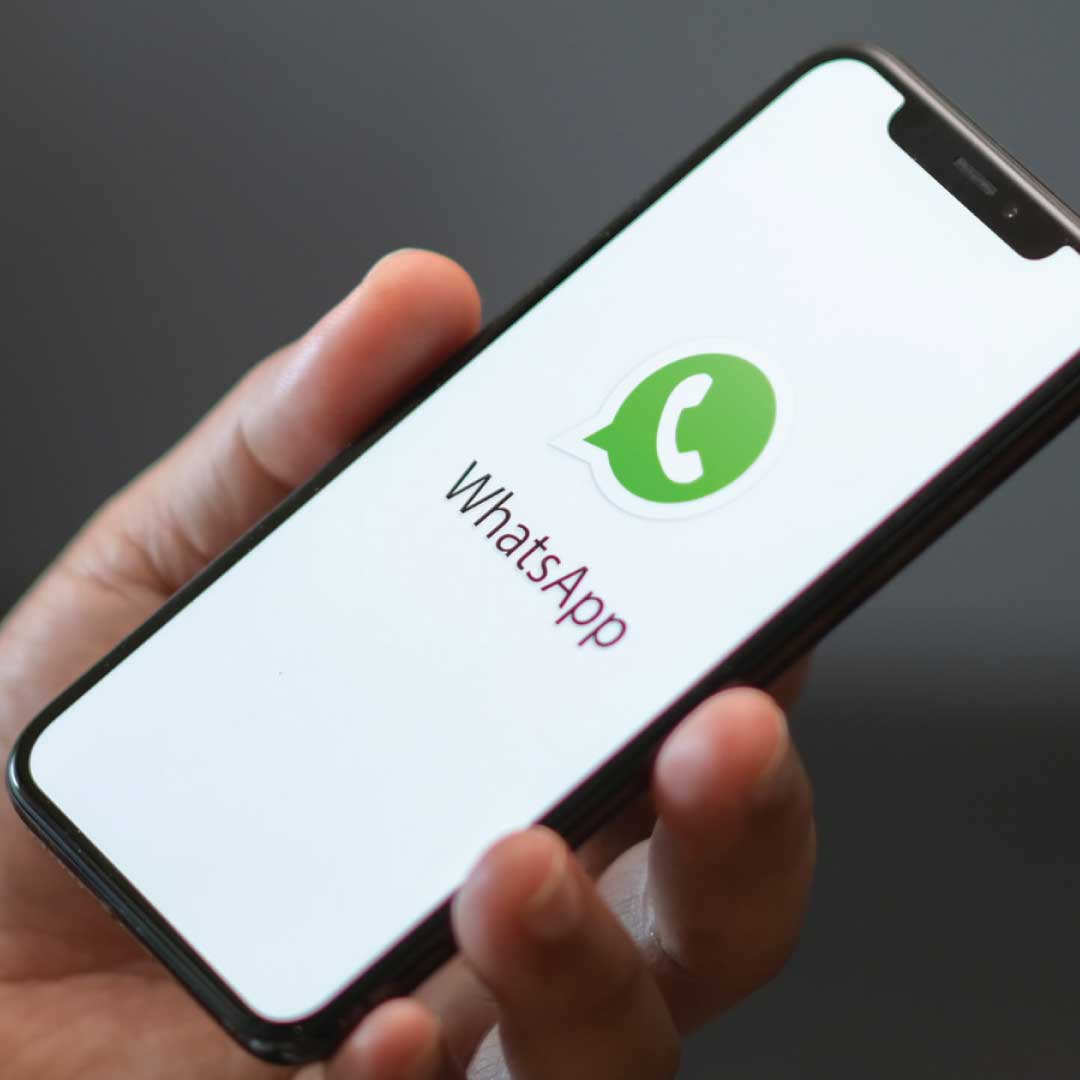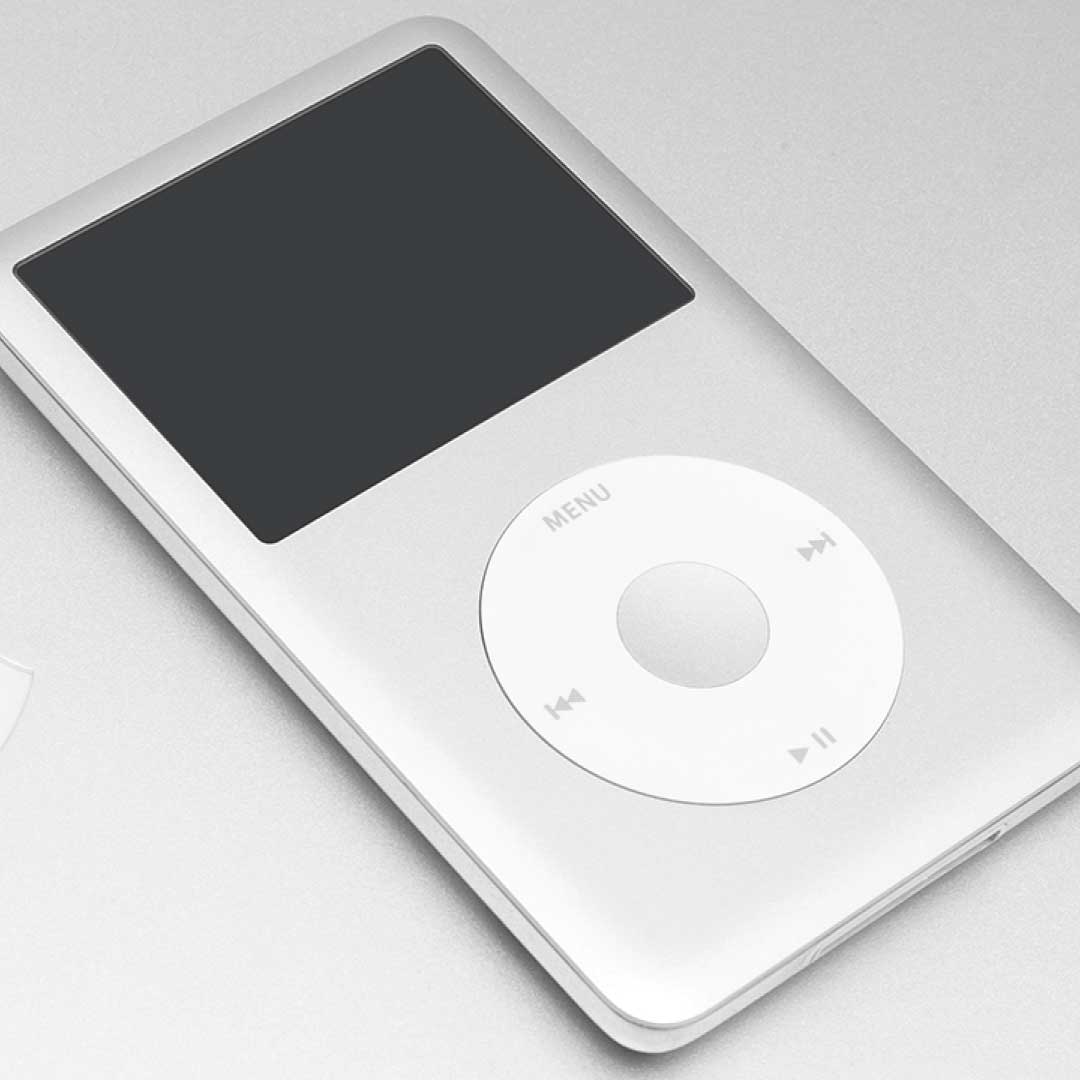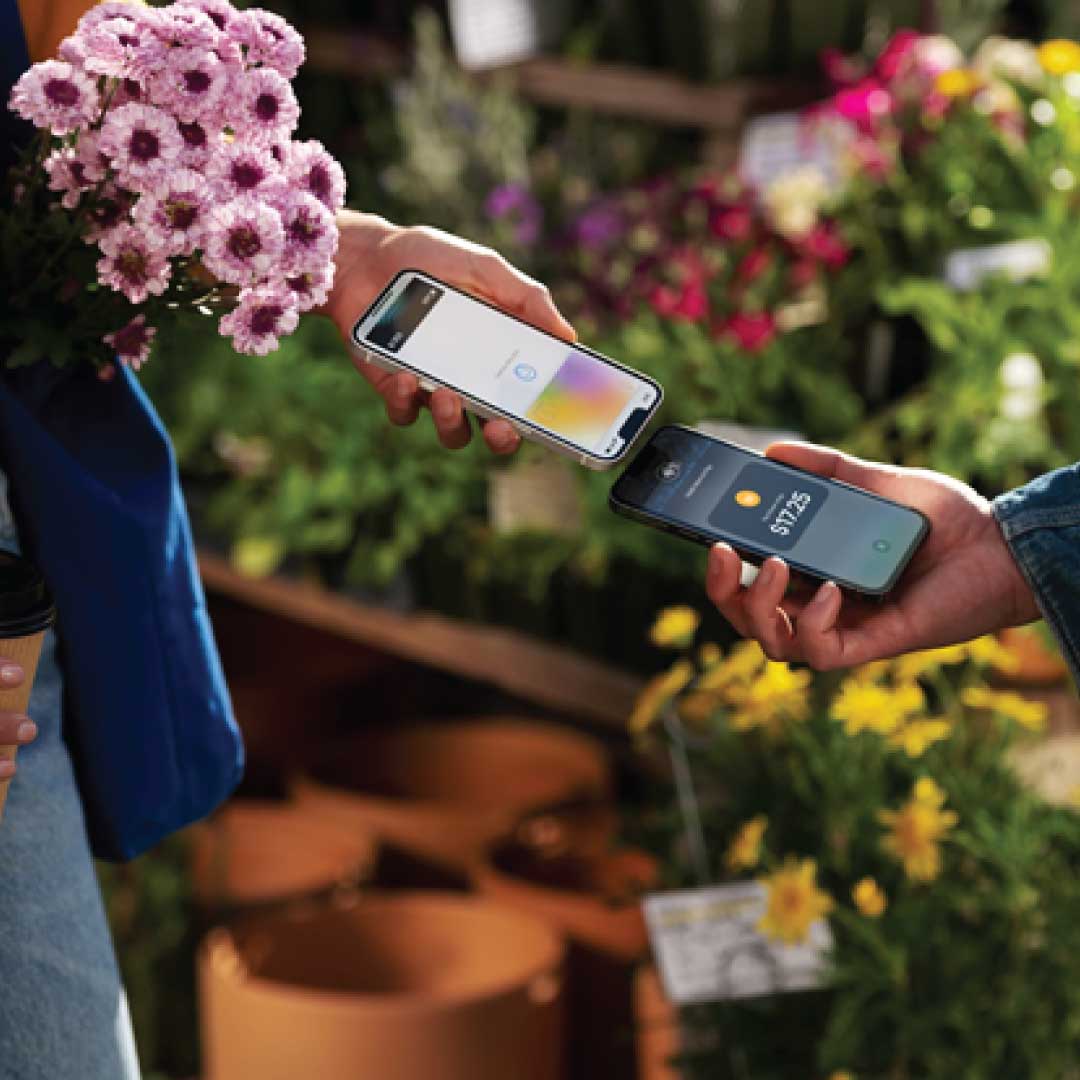At an exciting consumer event hosted at the iConnect Store in Lekki, Lagos, iPhone presented the new iPhone 14 series in keeping with its legacy of constantly seeking customer happiness.
The series was introduced in Nigeria several weeks after the product was released on the international market.
As users experienced some of the new features the product has to offer, the series of iPhones, which includes the iPhone 14, iPhone 14 Plus, iPhone 14 Pro, and iPhone 14 Pro Max, was fascinating to watch.
Apple’s new plus-sized iPhone 14 expands on a tried-and-true design with a bigger screen and a longer-lasting battery but at a higher cost.
The Plus is the supersized Apple phone for users who only want a bigger screen and do not need additional cameras or other features.
It is a larger version of the iPhone 14 but with the same internal hardware, display technology, cameras, materials, software, and interior design that makes repairs easy.
The brand-new iPhone 14 max model for this year retails for £949 ($899/A$1,579), or £100 ($180) more than the base model 14 but less than the 14 Pro line.
The iPhone 14 costs £849, and the iPhone 14 Plus costs from £949 ($899/A$1,579) with 128GB of storage.
As of November 2022, Apple iPhone 14 series smartphone prices in Nigeria range between ₦649,194 and ₦1 million.
Read also: How to check your NIN number on MTN, Airtel, 9mobile, and Glo
iPhone 14 Review: Specifications
Build
• Aluminum mid-frame
• Glass front and back
• “Ceramic Shield” for front glass
Dimensions And Weight
• 146.7 x 71.5 x 7.8mm
• 172g
Display
• 6.1-inch OLED display,
• 2556 x 1179-pixel resolution at 460 PPI
• 60Hz refresh rate
• HDR display, True Tone, Wide color (P3)
• 800 nits max brightness, 1200 nits peak brightness (HDR)
RAM And Storage
• 6GB RAM
• 128GB, 256GB, 512GB,
• No microSD card
Connectivity
• 5G (sub-6 GHz and mmWave)
• Gigabit LTE with 4×4 MIMO and LAA
• Wi-Fi 6 (802.11ax) with 2×2 MIMO
• Bluetooth 5.3
• Ultra Wideband (UWB)
• NFC
Security
Face ID
Rear Camera
• Primary: 12MP wide, f/1.5 aperture, 1.9μm
• sensor-shift OIS
• Seven-element lens
• 5x digital zoom
• Secondary: 12MP ultra-wide, f/2.4 aperture
Front Camera
• TrueDepth camera: 12MP, ƒ/1.9
Battery And Charging
• 3,279mAh rated for up to 20 hours of video playback
• 20W wired charging
• 15W MagSafe charging
• 7.5W Qi wireless charging
Apple doesn’t say how long the battery should last, but it should last at least 500 full charge cycles and keep at least 80% of its original capacity. A new battery, which can be purchased for $105, should last longer. Screen repairs outside of the warranty are £349.
iPhone 14 Pros
With the iPhone 14 series, there is a new animated module called “Dynamic Island.”
It wraps around the now-sleek selfie camera and can change to show helpful information at a glance.
You actually use it every single day, and it may display everything from the tune that is now playing on your preferred music streaming service to the battery life of your AirPods as soon as you plug them in.
With the addition of support for live activities, the feature has improved since its initial release.
With Live Activities, you can see things like your real-time workout progress in the Steps app or live sports scores on Apple TV at the top of the screen.
After you update to iOS 16.1, Live Activities are turned on by default. This means that when you use your favourite apps, you’ll probably start to notice these benefits.
Apple’s ultra-smooth ProMotion display technology is another fascinating feature.
This feature increases the refresh rate of the iPhone to up to 120 Hz, which essentially means that actions like swiping through Twitter and navigating the home screen feel twice as fluid as they would on an older or non-Pro iPhone.
When switching back to a slower 60Hz screen, you’ll notice this benefit right away because even modern gadgets like the iPhone 14 regular model or the iPad 10th generation will feel slow in comparison.
The new triple-camera array on the iPhone 14 Pro, headed by a massive new 48-megapixel primary lens, offers some clear advantages that even the most amateur photographers can appreciate.
The increased optical 3x zoom, which is comparable to that of the iPhone 13 Pro but an improvement over the 2x zoom received on the iPhone 12 Pro, has been the big draw.
Pros
• Class-leading design, water resistance and durability.
• Class-leading OLED screen, 120Hz, AOD, Dolby Vision, 2000nits.
• Class-leading performance and very good stability.
• Class-leading battery life.
• Outstanding photo and video quality across all four cameras.
• Best video stabilization available on a smartphone, high-quality action mode.
• Superb stereo speakers.
• Every iPhone comes with at least five years of iOS updates.
iPhone 14 Cons
One of the major new features of the iPhone 14 Pro is its Always On display, which is made to keep important details visible (such as the time and weather) even when your phone is dormant.
It is Apple’s interpretation of a function that Android phones have had for eons.
Android phones have sleek, minimalist always-on displays that frequently only show the time and a few essential widgets in white lettering against a black background.
In contrast, the Always On display on the iPhone 14 Pro is a lesson in excess as it displays what is essentially a dimmer version of your whole lock screen colored background.
The Always On display on the iPhone 14 Pro not only confuses users, but it can also significantly reduce battery life.
Cons
• Dynamic Island is a love-it or hate-it affair.
Bigger and heavier than most.
• No charger in the box, somewhat slow charging.
• Apple’s iOS restrictions can be off-putting to newcomers to the ecosystem.
Expert Review
Even if you don’t think any of the improvements in the best iPhone ever are revolutionary or important to your usage, they are all present and do add up.
The new features include the brightest screen by a wide margin, AoD, a remedy for notch pain, a camera system with general enhancements and excellent full-res photographs, and emergency hardware/software features.
These are in addition to Pro Max mainstays, like long-lasting batteries, excellent speakers, and a sturdy and upscale build quality.
Other well-known justifications for the iPhone, including the Pro Max, include having the strongest chipset in the industry and at least five years of support for the software you’ve used for years and probably both love and despise.
In any case, the iPhone 14 Pro Max is unquestionably a fantastic phone with minimal drawbacks.
In the end, you can’t go wrong with this one if it’s time for an upgrade and the pricing is appropriate for you.
